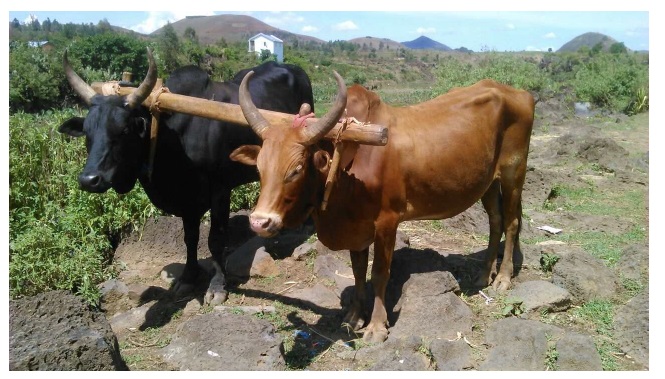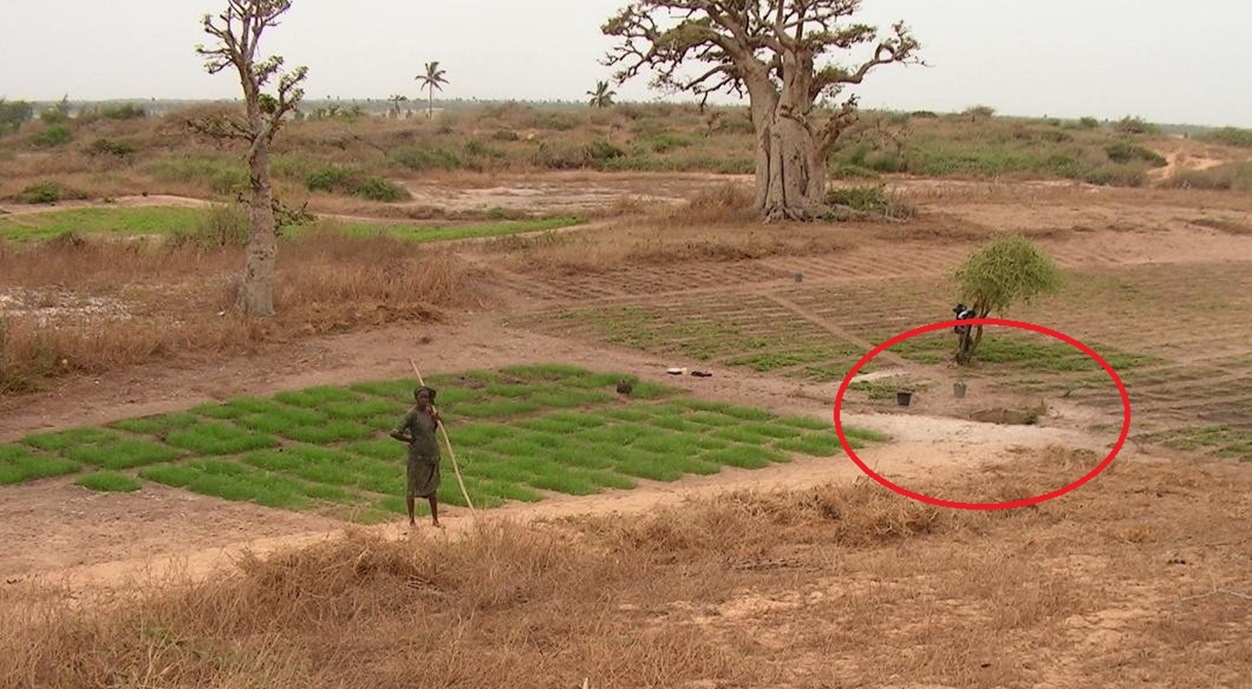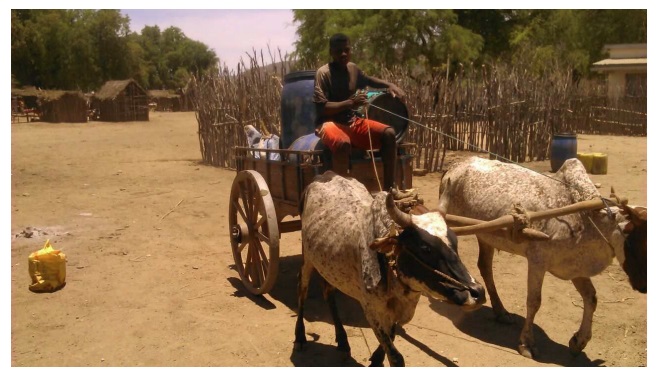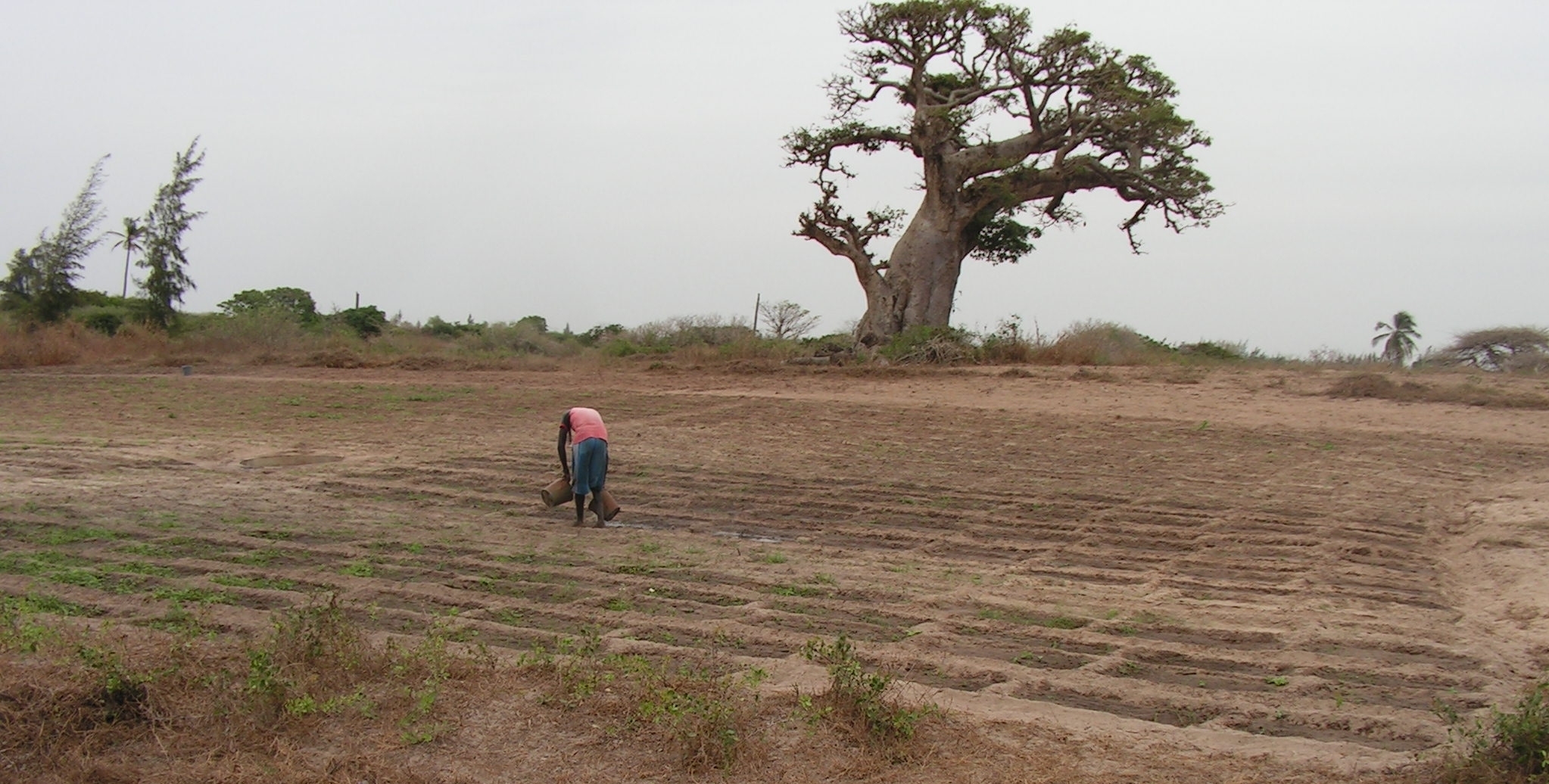THE ISSUE OF THE ANIMAL WELFARE
THE MANUAL LABOROUR VERSUS DRAFT ANIMAL POWER
The added value of the animal traction
the starting point here examined is the data that, tanks to a new disign,a medium sized animal is capable to lift - up to a six meter distribution tower - at least 2500 liters of water per hour.
A so lifted water can be distributed by pipes to hundreds of taps in hundreds of houses of the villages within a range of kilometers.
It is well known that this kind of work is generally done by women and children in the village that, walking sometime for kilometers, can bring home no more than one or two buckets of water.
The issue of the animal welfare
The animal welfare shall be examined by two points of view:
- The absolute need to safe the wellbeing of the animals
- The consideration that one hour of the work of the animal can save dozens of hours of the farmer.

Man labour versus draft animal power
It has been estimated that the use of the draft animal power, in transoort and land cultivation, increases the productivity of farmers within three to five times.
The example, shown above, allows to say that in water lifting the increases of productivity is really grater.
The use of a distribution tower can deliver tens of liters of water, by pipes, to hundreds of taps in hundreds of houses of the villages within a range of kilometers.
It is well known that this kind of work is generally done by women and children in the village that, walking sometime for kilometers, can bring home no more than one or two buckets of water.
Within the maximum of consideration of the animal welfare, as hereafter discussed, it is possible to say that the time saved by farmer is very useful and perfectly compatible with the use of the working animals.

The priority of the animal welfare
Ethical questions have been posed for the use of working animals, all mainly connected with the issue of the animal welfare. At this regard it is possible to say that – if well managed - the animal welfare is not compromised by the work. It is of patent evidence that working animals have been selected in the millennia for cooperating in a proper way with the mankind. Then the selection has conducted to very patient animals that do not suffer for a monotonous and tedious work.
In recent years the training of animals has acquired a deep consciousness from the ethology and from the psychology of domesticated mammals. This has led to what can be considered a relationship between the herd leader, the farmer, and the members of the herd. Drew Conroy remembers us that Cattle weighing in excess of 3.000 pounds may be haltered, led, and handled only because they believe humans are dominant; if this ox just once learns he can break the halter, no normal halter or rope will hold him in the future.
 In the applied behavior analysis, borrowed by human science, it has been studied the role – also in the relation with animals - of the Positive/Negative Reinforcement and Positive/Negative Punishment. For instance positive reinforcement works by presenting a motivating/reinforcing stimulus to the animal after the desired behavior is performed.
In the applied behavior analysis, borrowed by human science, it has been studied the role – also in the relation with animals - of the Positive/Negative Reinforcement and Positive/Negative Punishment. For instance positive reinforcement works by presenting a motivating/reinforcing stimulus to the animal after the desired behavior is performed.
Several books are a good source of information on the matter, among them there are: Improving Animal Welfare: A Practical Approach, edited by Dr. Temple Grandin, ColoradoState University, USA; How to Think Like a Horse: The Essential Handbook for Understanding Why Horses Do What They Do, 2006, by Cherry Hill and I cavalli di Federico –Guida pratica di Etologia applicata al cavallo di Paolo Baragli, 2012 edited by Pisa University Press.
In particular Improving Animal Welfare examines the different areas of animal welfare such as housing, behavioral needs, transport, handling, euthanasia, draught animals, slaughter, welfare audits, numerical scoring systems, stockmanship, pain relief, and implementing improvements. The book is particularly interesting because the authors have worked extensively in developed and developing worlds and also because they underlines issues such as the implementation of effective standards and scoring systems for assessing animal welfare on farms and how to improve livestock handling and reduce stress. Particularly significant is Chapter 13: Practial methods for improving the welfare of horses, donkeys, and other working draught animals in developing areas.

Contatti
info@wedap.eu
+39 99 5661304
+ 39 349 6934669
Via San Francesco de Geronimo 59 74023 Grottaglie TA I
|